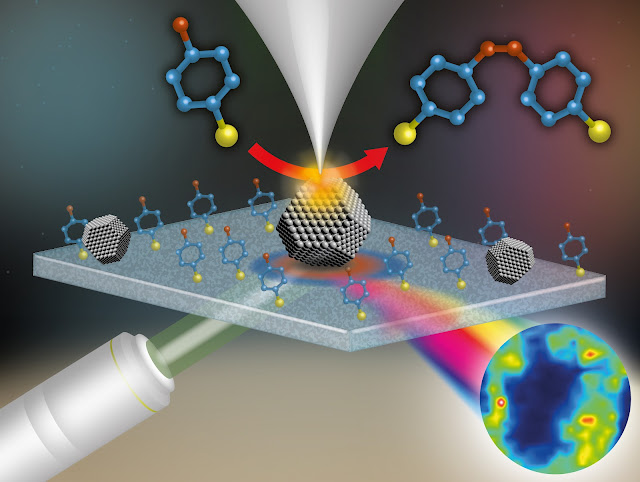Molecular Spectroscopy: A Key Tool in Pharmaceutical Research and Development
In the field of pharmaceutical research and development, Molecular Spectroscopy plays a vital role in the characterization and analysis of drugs and their interactions with biological systems. It is a powerful technique that provides valuable insights into the molecular structure, dynamics, and properties of pharmaceutical compounds. This article explores the importance of spectroscopy in the pharmaceutical industry and highlights its various applications.
Spectroscopy encompasses a range of techniques, including UV-Vis spectroscopy, infrared spectroscopy (IR), nuclear magnetic resonance (NMR) spectroscopy, and Raman spectroscopy, among others. Each technique provides unique information about the molecular structure and behavior of compounds, allowing researchers to gain a comprehensive understanding of drug molecules.
One of the primary applications of Molecular Spectroscopy in pharmaceutical research is in drug discovery. Spectroscopic techniques enable scientists to identify and characterize the chemical composition of potential drug candidates. For instance, UV-Vis spectroscopy helps determine the absorption and electronic properties of compounds, which is crucial for evaluating their potential as pharmaceutical agents.
Infrared spectroscopy is widely used for structural elucidation and identification of functional groups in drug molecules. It provides information about the molecular vibrations and chemical bonds present in a compound, aiding in the determination of its structure and purity. Additionally, NMR spectroscopy offers detailed insights into the three-dimensional structure of drug molecules, allowing researchers to study their interactions with biological targets.
Another significant application of Molecular Spectroscopy is in pharmaceutical quality control. Spectroscopic techniques are employed to verify the identity, purity, and stability of pharmaceutical products. By comparing spectra of known reference standards with those of the samples, researchers can ensure that the manufacturing processes are consistent and produce reliable products.
The Molecular Spectroscopy Market is anticipated to reach a value of US$ 23.3 billion in 2023 and grow at a CAGR of 7.9% from 2023 to 2030.
Moreover, spectroscopy is essential in studying drug formulation and delivery systems. By monitoring the behavior of drugs in different formulations, researchers can optimize drug release profiles, enhance bioavailability, and improve therapeutic efficacy. Spectroscopic techniques provide real-time information on the physical and chemical changes occurring in drug formulations, aiding in the development of safer and more effective drug delivery systems.
Furthermore, Molecular Spectroscopy is utilized in pharmacokinetic and pharmacodynamic studies. It helps researchers investigate the absorption, distribution, metabolism, and excretion (ADME) properties of drugs in the body. By tracking the concentration and localization of drugs in different tissues and organs, spectroscopy allows for a better understanding of drug kinetics and their interactions with biological targets.
Spectroscopy is an indispensable tool in pharmaceutical research and development. It enables scientists to explore the molecular structure, dynamics, and properties of drugs, facilitating drug discovery, quality control, formulation development, and pharmacokinetic studies. With its wide range of applications and non-invasive nature, spectroscopy continues to contribute significantly to advancements in the pharmaceutical industry, ultimately leading to the development of safer and more effective drugs for patients worldwide.




Comments
Post a Comment